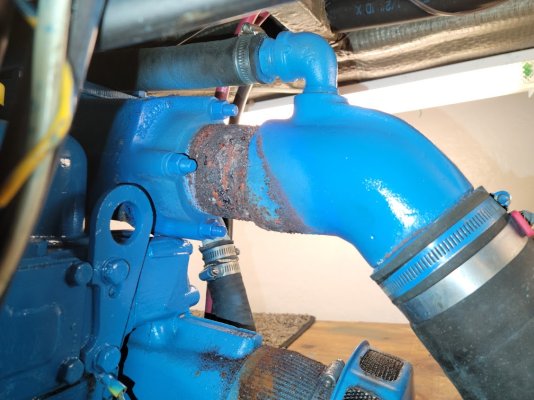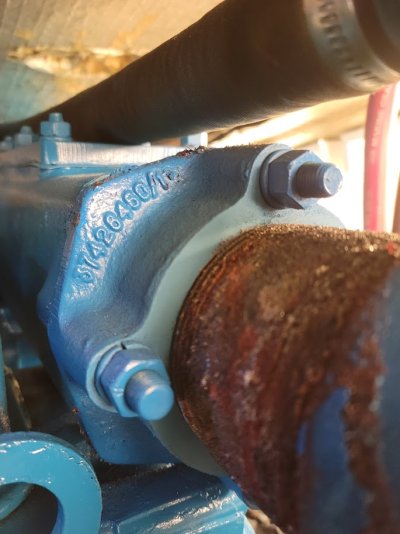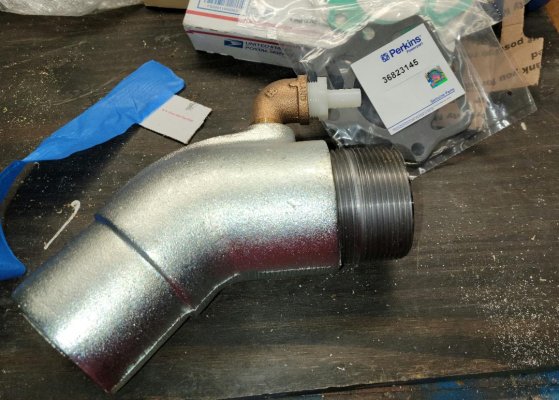will be replacing mixing elbow and had a question in regards to the threads.
do i need to put anti seize or something on the threads ?
thanks in advance.
(haven't taken it off yet - looks fun though)
got the replacement and gaskets - waiting on a good time.
do i need to put anti seize or something on the threads ?
thanks in advance.
(haven't taken it off yet - looks fun though)
got the replacement and gaskets - waiting on a good time.




